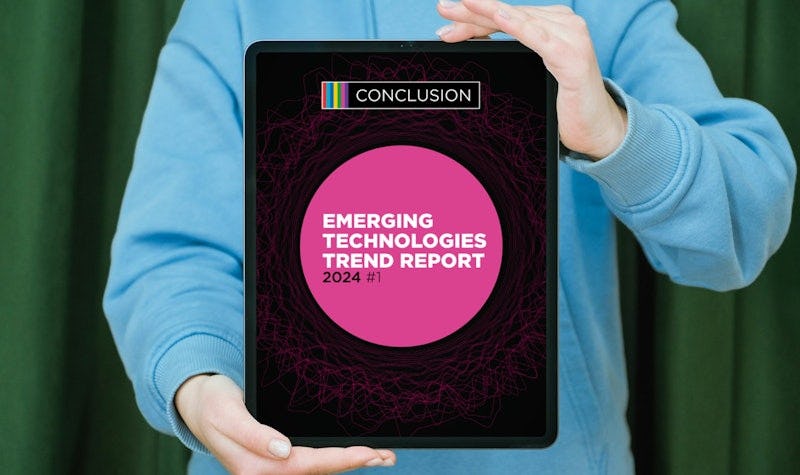Why Sustainability by Design?
Sustainability by Design interfaces with GreenOps. Where GreenOps primarily focuses on the most sustainable infrastructure choices, Sustainability by Design is primarily about the design of the software: how do I build my application to function as energy-efficiently as possible? The two come together in the sub-theme ‘Designing for the cloud’. Robbrecht: “If you build an application yourself and run it locally, you notice right away if it isn’t running well and has bugs. The hourglass shows up a lot, the fan comes on. But if you build an application that runs in the cloud, you can easily add extra capacity at the back end, which means that the need for more resources remains invisible. In the end, the colleagues who are responsible for the infrastructure are presented with a sky-high energy bill. GreenOps allows them to adjust certain parameters they can influence, including the advice to design serverless applications so they can run in the cloud. Sustainability by Design is one step ahead of this.”
What is covered by Sustainability by Design?
There are four parameters you can adjust to improve the sustainability of your applications.
1. Life cycle management
The first question you need to ask yourself is: do I really need this functionality? Because functionality that isn’t built won’t use any energy. Robbrecht: “If you’re doing it right, you already ask the question of what you really need as part of life cycle management (LCM). From now on, in LCM, look at your software through an energy lens: what functionality can you turn off? Where do you need to do maintenance? Et cetera.”
Be especially critical of energy-intensive services where AI is often running in the background. “You need to clearly understand that cloud suppliers’ business models are aimed at increasing usage of their services,” says Robbrecht. “The default settings of their software are not usually the most energy-efficient settings. My dishwasher is set so that if I don’t consciously choose a different programme, it automatically selects eco mode. With a lot of cloud software, it’s exactly the other way around.”
Robbrecht thinks that cloud providers will make different configuration choices if public organisations include energy efficiency in their European tenders. “That can function as a lever for the whole market. Now, in their procurement, government organisations say that suppliers have to use green electricity and offset their emissions. But it doesn’t say anything about reducing power consumption. If that does become a selection criterion, suppliers will start modifying their products, and other customers will also benefit from that.”


